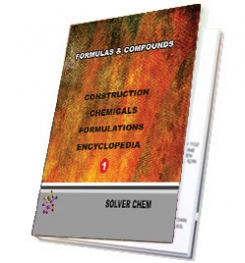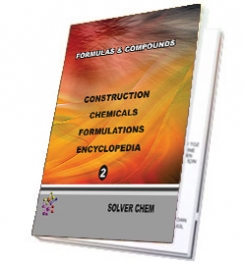Natural hydraulic lime is produced by burning impure limestone containing clay minerals such as silica, iron and aluminium, at relatively low temperatures, 800 – 900°C compared to 1450°C for Portland cement. The lime is then slaked, sprayed or immersed in water, to produce a mixture of Dicalcium Silicate and Calcium Hydroxide and other compounds, which when mixed with sand and water are used to produce a lime mortar. A Natural Hydraulic Lime mortar therefore contains no cementitious compounds due to the low burning temperature. The majority of limestone in the UK and the primitive way that it was historically manufactured, produced limes of varying hydraulicity providing sets ranging from feeble to eminent. These allowed the craftsmen to produce mortars that were more suited to withstand inclement/harsh weather conditions with a reduced risk of failure. They also induced a faster hydraulic set when required by added reactive materials such as pozzolan, trass, brick dust, etc., a method dating back to Roman times.
Developments in cement technology for volume construction in the 19th and early 20th century, together with the perceived advantage of increased mechanical strength, served to eliminate the need for the traditional skills of craftsman to create a lime mortar. This has led to a distortion of the concept of mortar to such an extent that today a ‘traditional mortar’ is defined as a blend of cement/sand/lime whereas it is little more that a modern process adopted to satisfy the demands of mass building. From the beginning of this century until the mid 1970’s the benefits of lime in conservation works were widely ignored with the result that many ancient structures were damaged by the application of incompatible mortars of cement and epoxy.
The advantages of lime for conservation projects is becoming more widely acknowledged, but due to its 50 - 60 year absence from UK production for construction use, for many the knowledge regarding performance of Natural Hydraulic Lime is not fully appreciated. Many people considered Hydraulic Lime as being dense, strong and cementious, their source of information generally referring to the later 18th and 19th century Roman Cements used throughout the UK. These claims are generally true of Roman Cements and some artificial or man made hydraulic limes due to the production methods used, where the clay content and burning temperature were increased. Unilit products however, are Natural Hydraulic Lime a mortar wholly distinct in its performance characteristics from cement and Roman Cement.
HYDRAULIC LIME MORTAR
FORMULATIONS
AND
MANUFACTURING PROCESS
FORMULATIONS
AND
MANUFACTURING PROCESS

Production of hydraulic lime mortar is not very complicated. For the production, there is need usable and tried a formulation, raw materials and mixing tank. For raw materials to be used, quantities to be used and ingredients usage rankings, you should decide to look into this formulation. Therefore, formulation and productıon methods of hydraulic lime mortar are important. If you have not a good formulation, you cannot make healthy and efficient production of any hydraulic lime mortar.
If you need any
manufacturing formulation
and
production process
of
manufacturing formulation
and
production process
of
HYDRAULIC LIME MORTAR
CONSTRUCTION CHEMICALS
FORMULATIONS
ENCYCLOPEDİA - 1
is enough.

Construction chemicals formulations encyclopedia - 1 contains tile and seramic adhesive formulations, production process ofcement based flexible tile and seramic adhesives, making rapid set and cement based tile and ceramic adhesive, grey and white tile and ceramic adhesive formulas, composition ofcement based marble and granite adhesive, manufacturing process of mortar grout ( joint filler ), cement based and polymer added joint fillerformulations, production of color mortar grouts,stamped concrete release powder production process, making stamped concrete colored hardener, formulation of thermal insulation coating plaster, cement based white and grey thermal insulating coating plaster manufacturing process, cement based waterproof coating plaster production process, cement based thermal insulating screed plaster composition, preparation of cement based heat insulation plate mortar, manufacturing process of cement based heat coating insulation plate adhesive mortar, formulations of satin plaster, making cement based and rapid set waterplug, formulations of cement based thick repair mortar,manufacturing process of black patching and reparing paste, making enjection mortar, formula ofkhorasan mortar, production process of hydraulic lime mortar, making gaseous concrete bonding ( adhesive ) mortar, composition and compound of cement based decorative plaster, formulations of plastic paint powder.

All construction chemicals in the encyclopedia are producible easily. You need no help and no technıcal support. The encyclopedia is enough to produce cement based adhesives, joint filler, plaster and mortar itself.
CONSTRUCTION CHEMICALS
FORMULATIONS
ENCYCLOPEDIA - 1
is written clear and understandable.
|
|
|
|
|
|
|
|
|

